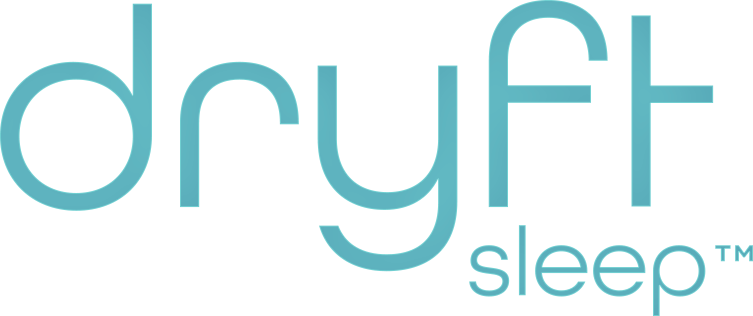What Are the Top Mouth Tape Brands for the Perfect Night’s Sleep?

Sleep optimization is everywhere these days — wearable trackers, blue light filters, breathing exercises — and one trend that has pushed into the spotlight is mouth taping. The idea: if you keep your lips lightly sealed during sleep, you’ll encourage nasal breathing, reduce snoring, and wake up with less dry mouth and better rest.
But as with all hacks, not all tapes are created equal. Below, I walk you through the key features to watch for — and compare the top mouth tape brands that are worth your attention in 2025.
What to Look for in a High-Quality Mouth Tape
Before diving into brands, here are the essential criteria you should use for comparison:
| Feature | Why It Matters |
|---|---|
| Skin-safe adhesive / hypoallergenic | You want good sticking power without irritation or rash |
| Breathability / venting / partial coverage designs | Some tapes allow micro-airflow to reduce “claustrophobic” feeling |
| Easy removal (especially if facial hair) | Harsh glues can tug on lips and hair |
| Shape / orientation | Just enough to cover your mouth is usually enough for most sleepers |
| Durability overnight | Tape needs to last through sweat, humidity, movement |
| Availability / price | Consistent supply, shipping, package size matter for routine use |
Also: tape should not completely “glue you shut” — it should lightly cue nasal breathing, not block emergency breathing paths.
Top Mouth Tape Brands Worth Trying
Here are some of the most recommended brands as of 2025, along with what makes them special and potential trade-offs:
Dream Tape
- Uses bamboo silk, which can feel soft.
- Large vertical design
- Strong adhesive with relatively easy removal.
Trade-off / caution: Some say it can be tougher to peel off if adhesive is too strong for your skin type. Always test a small dose first.
Dryft Sleep Mouth Tape
- Known for being gentle, breathable, and hypoallergenic. Good Gear
- Uses a soft, flexible fabric base, making it more comfortable under movement.
- Made in the USA with medical-grade silicone adhesive. Silicone is more skin-friendly than acrylic adhesive.
Trade-off / caution: It’s newer and less well-known.
SomniFix Mouth Tape
- One of the more “classic” names in this space.
- Features a small breathing vent in the strip to ease airflow, similar to Dryft Sleep.
- Gentle adhesive that tends to be facial-hair friendly.
Trade-off / caution: The vent may reduce adhesion in very humid or sweaty sleepers. In some cases, the edges might lift.
VIO 2 Mouth Tape
- PFAS-free designs favored by skin-sensitive users.
- Known for staying in place.
- Sometimes marketed as “safe for all-night usage.”
Trade-off / caution: Some users feel it’s slightly less adhesive in high-moisture sleepers; test first before committing to large packs.
MyoTape
- A different design approach: rather than direct lip covering, it wraps around the mouth.
- Because it doesn’t block the lips entirely, it can reduce the tightness or “sealed shut” feeling.
- Good for users who want some flexibility (e.g. in case of needing to open mouth).
Trade-off / caution: Because it’s less direct, it may sometimes fail to keep the lips fully sealed under restless movement or heavy breathing.
Micropore (Generic Medical Tape)
- A low-cost fallback: surgical-grade or micropore medical tape (e.g. Nexcare) is often recommended for beginners.
- Easy to source in drugstores.
Trade-off / caution: Adhesion may be weaker vs branded tapes made for mouth use — it might peel off mid-sleep, especially if sweaty.
How to Pick the Right Tape for You
Here’s your decision tree:
-
Skin sensitivity / allergies?
If yes → lean toward hypoallergenic, latex-free options (e.g. Dryft Sleep, VIO 2, SomniFix, Dream Tape) -
Do you have facial hair / a beard?
If yes → avoid extremely tacky adhesives; choose “hair-friendly” brands or test small strips first. -
Do you sweat heavily / sleep in hot environments?
Choose tapes with breathable fabric, flexible material, or vent design. -
Do you dislike feeling like your lips are “sealed shut”?
Try tapes with micro-venting, partial designs, or around-mouth styles -
Budget / availability concerns?
Test with generic medical tape when testing out mouth tape for the first time. -
Combine with CPAP or oral appliance?
Look for brands that explicitly mention CPAP compatibility) to avoid interfering with masks.
Safety Guidance & Warnings
While many users report positive improvements in snoring or reduced dry mouth, mouth taping is not risk-free — and not a substitute for treating underlying sleep disorders.
- Mouth taping has limited scientific backing overall. Some small studies show benefit for snoring or reducing mouth leaks in BiPAP contexts, but the data is not conclusive. Science Direct.
- It should not be used by people with obstructive sleep apnea without medical supervision — covering the mouth may increase breathing risk. WebMD.
- Risks include skin irritation, anxiety or claustrophobia, discomfort if nasal passages clog mid-sleep, and difficulty removing tape especially with facial hair.
- Always test any tape while awake first (e.g. 20 minutes) to see how your body reacts.
- If you have chronic nasal congestion, deviated septum, asthma, or respiratory issues, consult a sleep specialist before using mouth tape.
- Conclusion
If you adopt mouth taping — thoughtfully, carefully, and with the right product — it may help you shift toward nasal breathing, reduce snoring, and experience fewer dry mouth awakenings. But it’s not a magic bullet: the best tape is the one you can use comfortably night after night.
Our recommendation? Try Dryft Sleep as a gentle starting point for mouth tape











